Navigating the vibrant world of ceramic artistry, enthusiasts often find themselves weighing the pros and cons of mason stains vs underglaze as they explore creative avenues for their pottery. Each offers unique advantages tailored to various styles and techniques, inviting artists to experiment with endless possibilities. Understanding the differences can enhance your creative process and result in stunning works of art that reflect the nuances of your chosen medium.
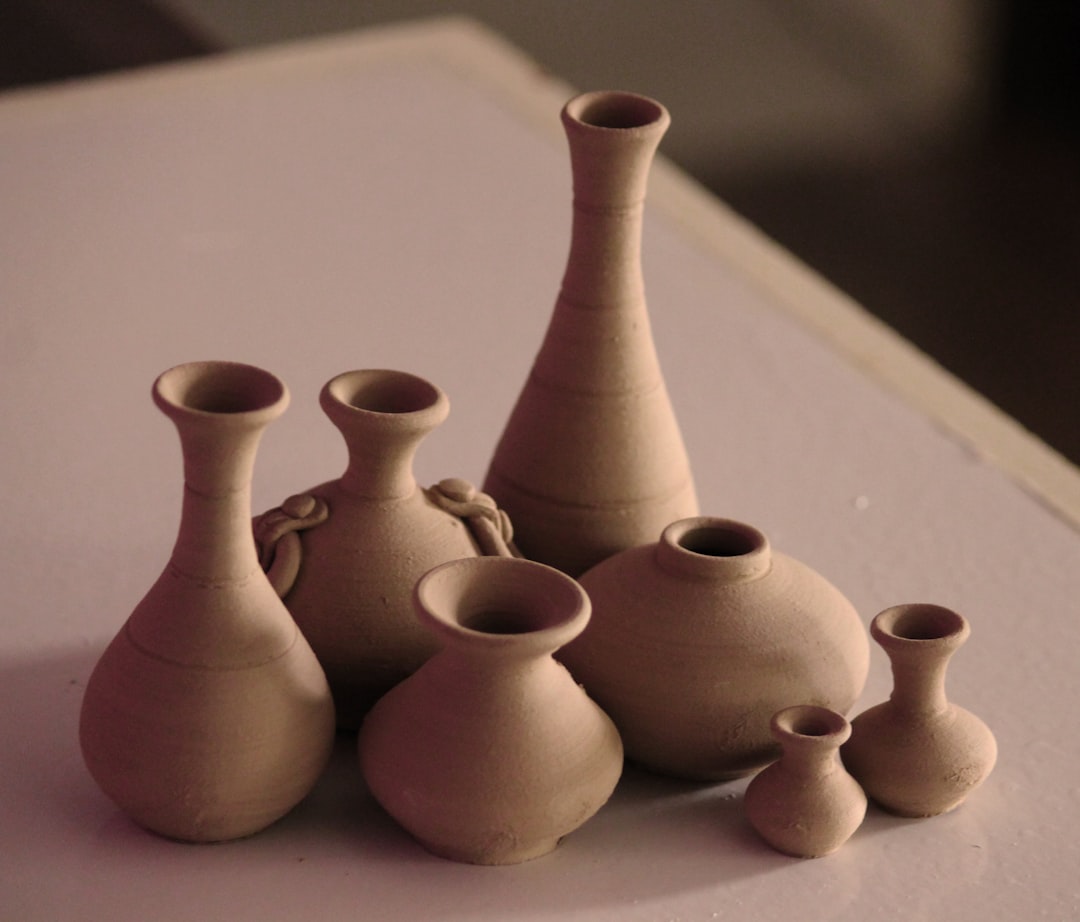
| Aspect | Mason Stains | Underglaze |
|---|---|---|
| Application | Mixed with clay or glaze | Applied directly to bisque ware |
| Color Range | Extensive, customizable | Wide range, vibrant |
| Firing Process | Varies with base material | Typically requires a clear glaze overcoat |
Diving Into the World of Mason Stains
Whether you’re a seasoned ceramist or just starting, mason stains offer an exciting palette for experimentation. The beauty of mason stains lies in their adaptability; they can be mixed with clay bodies, slips, or glazes to create stunning, bespoke colors. What’s fascinating is how these stains work almost as alchemists in the world of pottery, transforming your clay canvas into a myriad of hues. You might mix them with clear glaze for a translucent effect or even embed them in wet clay for a more painted look.
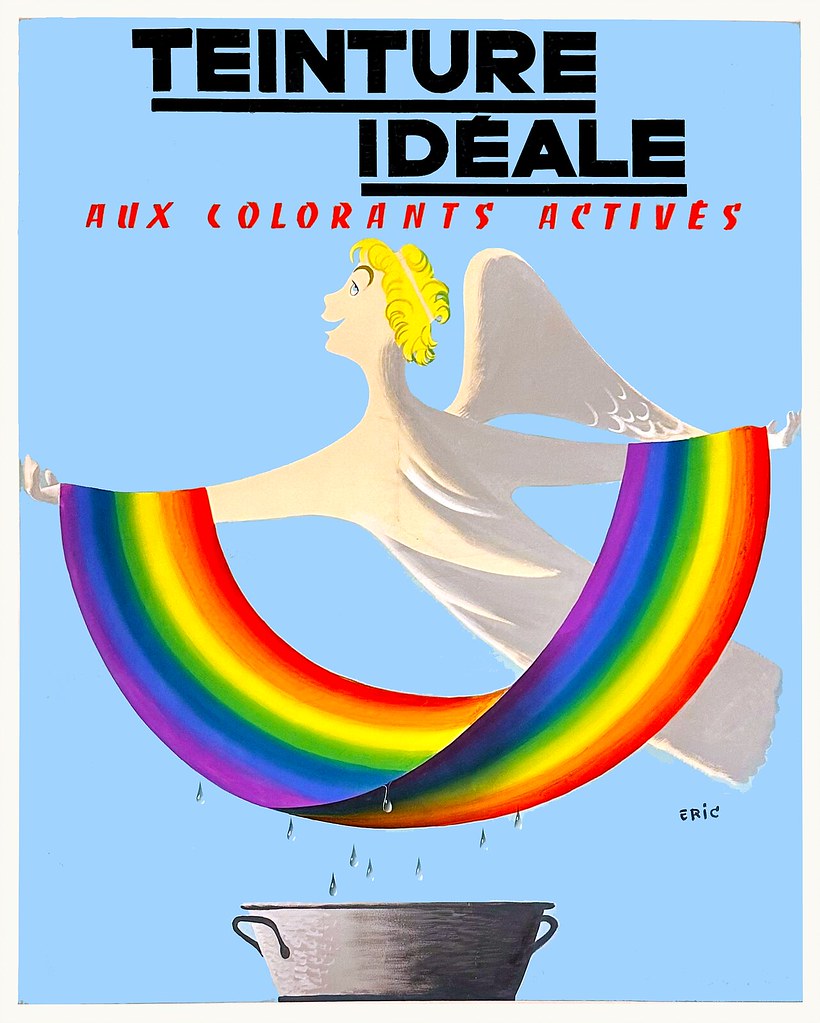
A significant advantage is their resilience against high temperatures, making them suitable for a broad range of pottery firings. This versatility allows artists to maintain color integrity even in varied kiln conditions, which is invaluable when consistency is key in larger projects or galleries demanding precise shades.
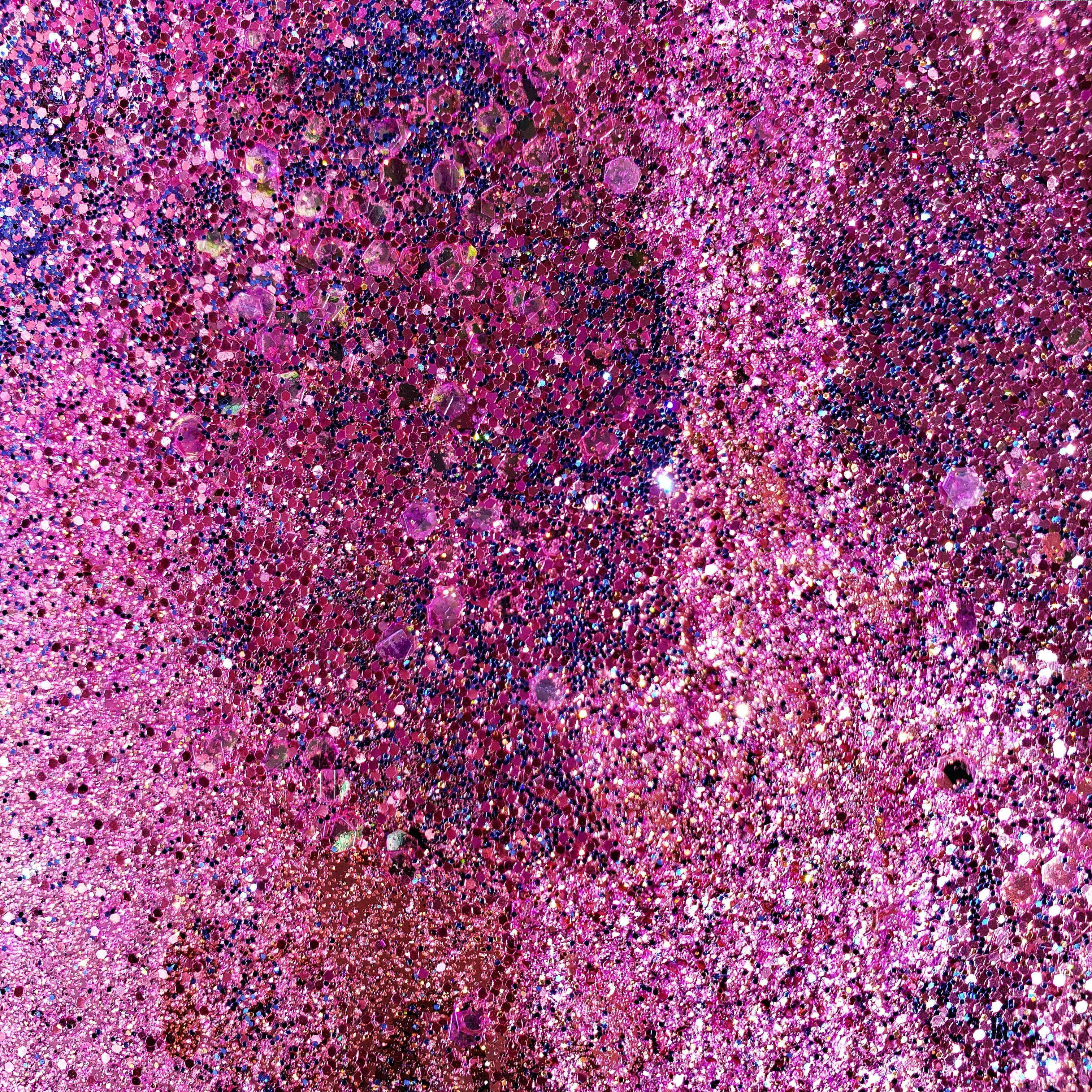
Unleashing Creativity with Underglaze
On the other side of the pottery spectrum, underglazes act as the painter’s brush in ceramics. Their direct application onto bisque ware provides artists with a vibrant, unfiltered control over color application and design. With underglazes, you have the option to layer and mix like you would with a painter’s palette, opening up another dimension of creativity. Learn more about making colored clay to enhance your underglaze techniques.
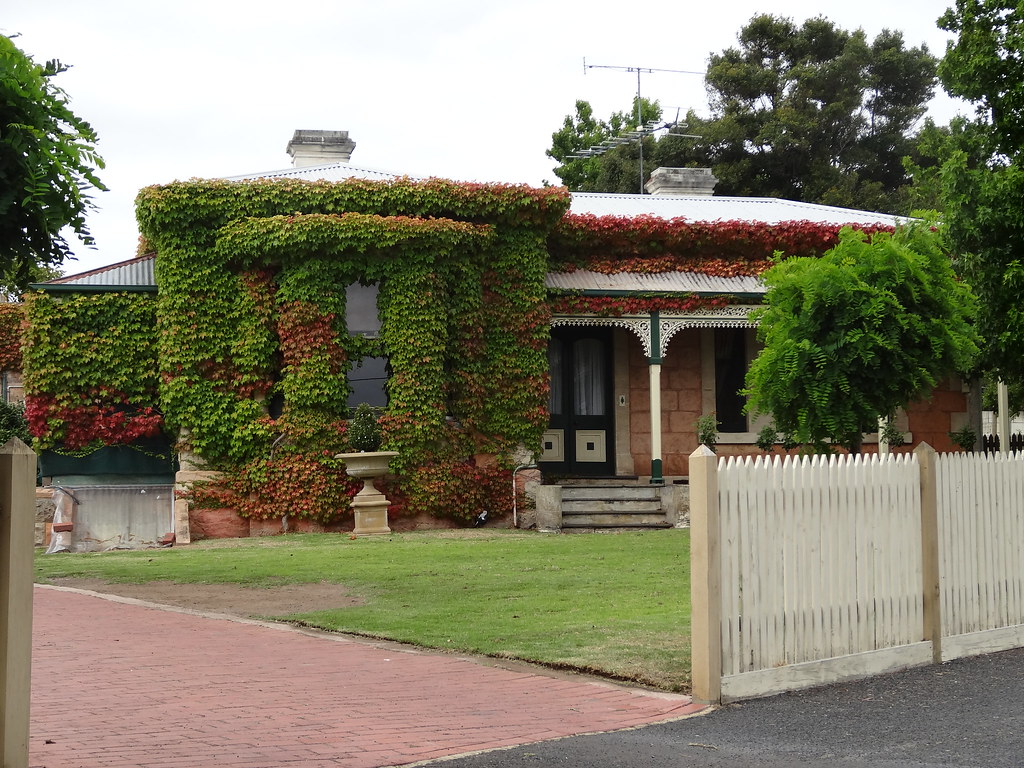
A distinguishing feature is the ability to paint detailed patterns or illustrations directly onto your pottery before sealing with a clear glaze. This process ensures that even though the underglaze itself might not be waterproof, once fired and glazed, the design is protected and ready for use.

Deciding Which Medium Fits Your Creative Goals
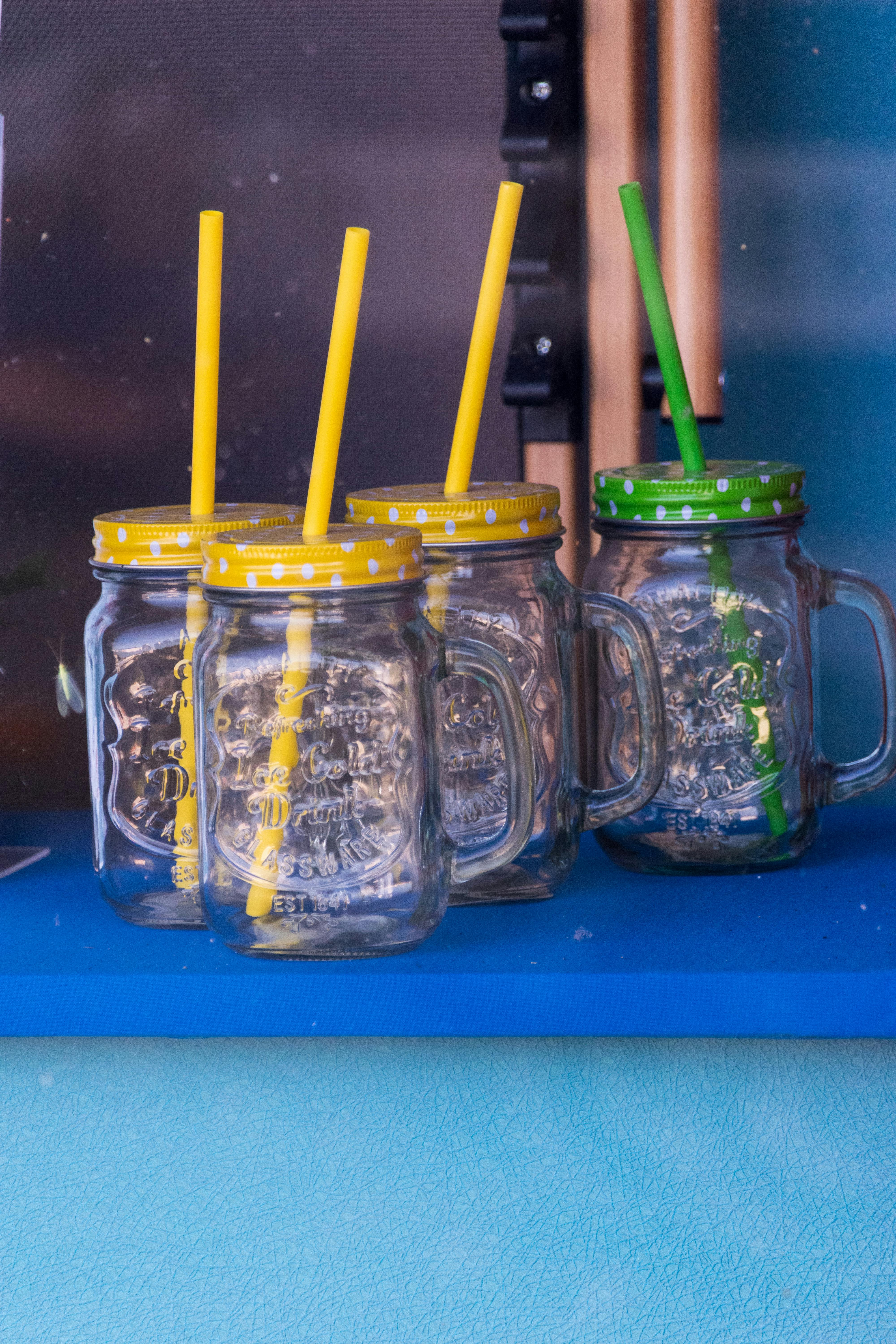
Choosing between mason stains and underglazes significantly hinges on your project goals and technical preferences. Here’s a quick rundown to help in decision making:
- If you are looking for extensive customization and willing to play with the mix-and-match approach of raw materials, mason stains might be your ally.
- Underglazes suit projects that demand intricate detailing and vibrant, consistent color applications.
- Consider the firing process: while mason stains can withstand varied temperatures, underglazes usually need a clear glaze coat to achieve their full potential.
Ultimately, the decision comes down to how you wish to express your artistic vision and the technical capacity of your studio setup. Why not try experimenting with both, blending the boundaries between the two, and see what groundbreaking creations emerge?
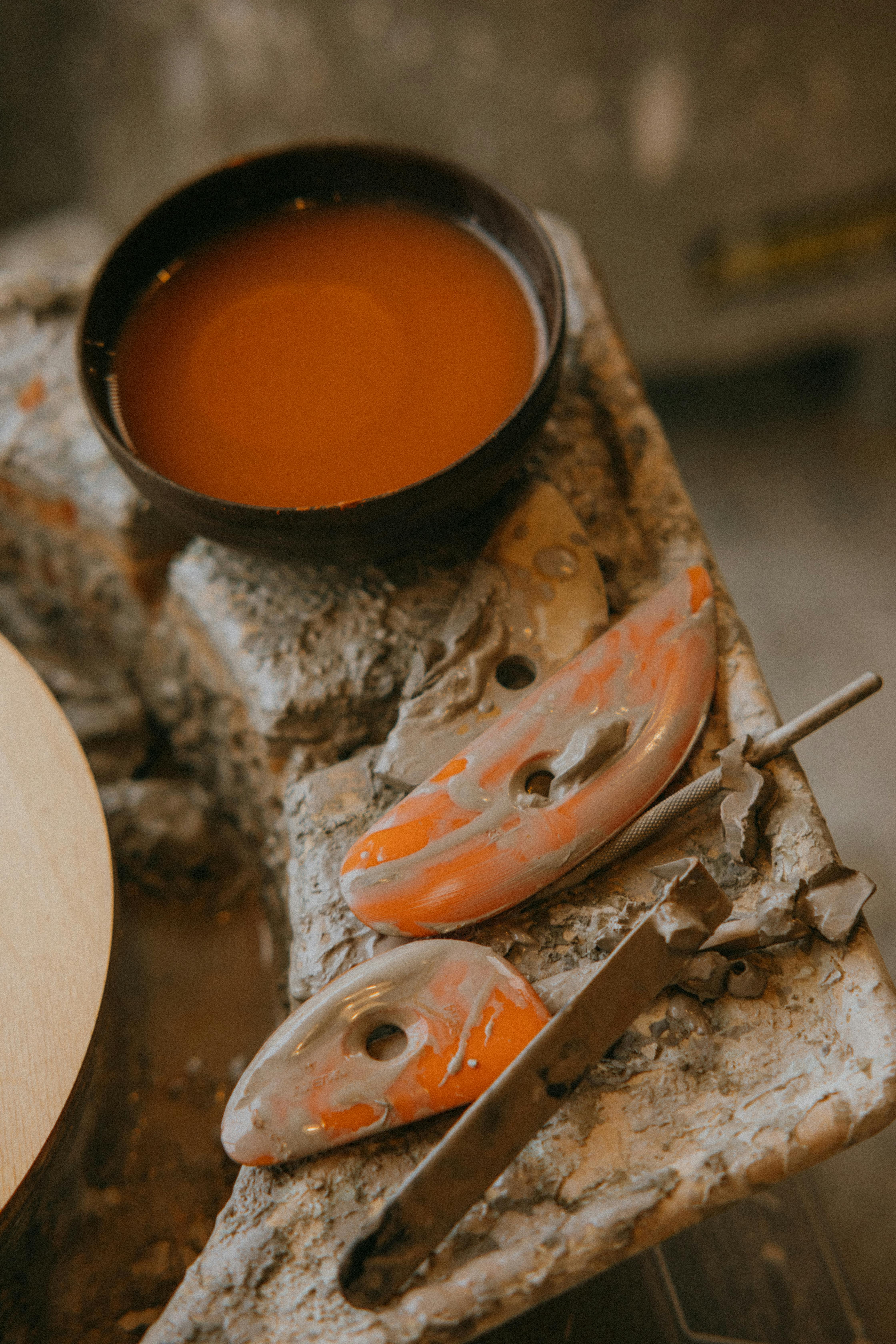
Now, it’s your turn to add a splash of color to your craft. What medium do you prefer in your ceramic journey, and what inspires your choices? Share your thoughts or experiences in the comments! And for some inspiration, you might want to check out the work of artist Bia Furtado, who integrates vibrant colors and innovative techniques in her ceramic art.

For more insights and updates, feel free to explore our recent articles and dive deeper into the world of art and creativity.
Ultimately, whether you choose mason stains or underglaze comes down to your personal style and the specific effects you want to achieve in your pottery. Both options offer incredible versatility and can help bring your creative visions to life, so don’t be afraid to experiment and see which technique resonates most with your artistic approach.
Stay Inspired and Connected
If you're eager to see more ceramic artistry and stay updated with the latest tips and trends, be sure to follow us on Instagram. We'd love to connect with you and share our creative journeys together!
